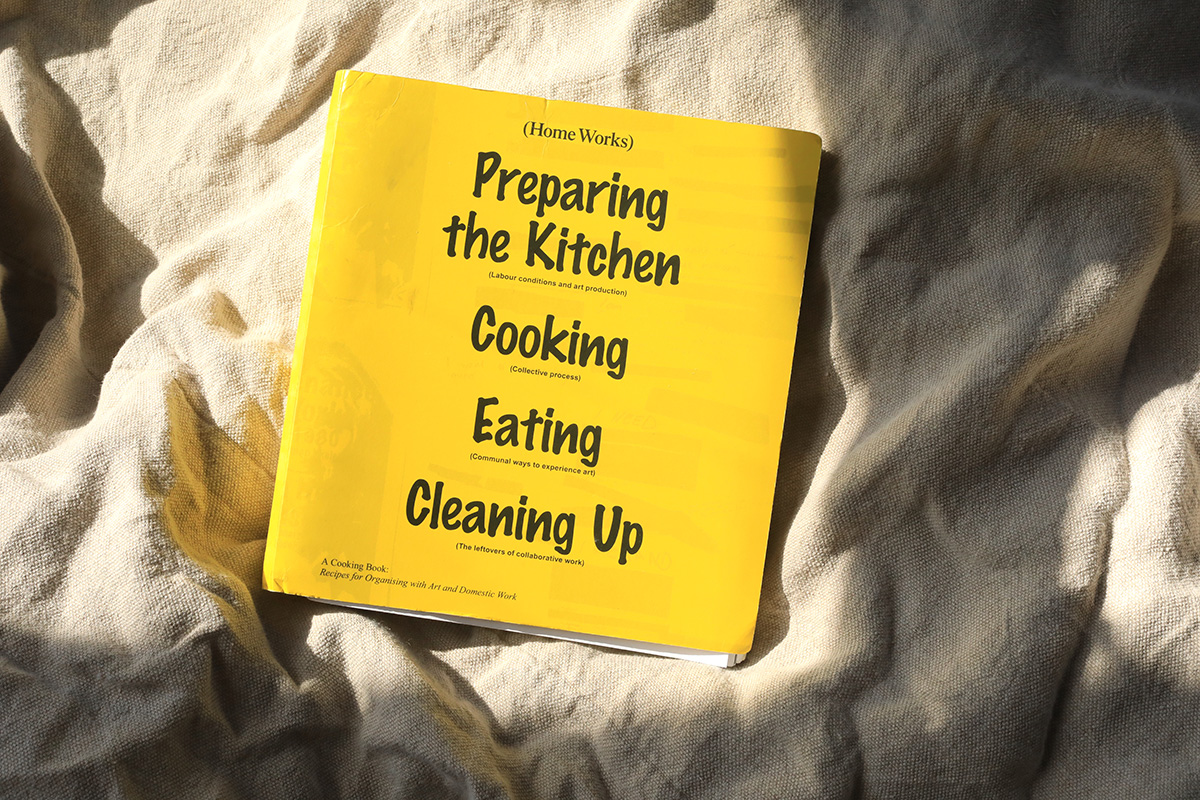Besides cooking and the endless scroll of social media memes, the pleasures of reading are a great escape during this time of self-isolation. Here we’ve collected a list of books, essays, imagery and ideas from our editors and favorite collaborators to get you through these unprecedented moment. Cozy up to these recommendations—most are available as a free .pdf or a library ebook—and send us what’s on your reading list by email to editors [at] thisismold [dot] com

Staying with the Trouble by Donna Haraway, 2016.
The godmother of multispecies consciousness, Haraway’s book combines elements of science fiction, futures, and anthropology to offer new ways to relate to the earth and one another. The subtitle of the book, “Making Kin in the Chthullucene,” is a reminder that uncovering the ways that our lives are intimately interwoven with the non-human is the truest strategy for imagining a our collective future.
–LinYee Yuan, editor, MOLD

Are Clothes Modern? Museum of Modern Art Catalogue, 1947.
My mind immediately went to the 1947 catalogue for Are Clothes Modern? (from the 1944 MoMA show of the same name, which was the inspiration for Items). The images are great; the text is definitely of its time, but still relevant. Getting dressed in a smart and fun way is one way I am keeping my mental health, even if I don’t go outside.
— Michelle Miller Fisher, curator, Museum of Fine Arts, Boston.

Oryx and Crake (part of the MaddAdam trilogy) by Margaret Atwood, 2003
I enjoyed reading this work of speculative fiction as part of the MaddAdam trilogy—the story is interesting as it explores ideas in futures of food, simulated meat products, genetically modified beings, and corporate handling of biological matter. Of course not only do I find the novel thrilling, fascinating and relevant to today and topics of biology, ethics, food, politics and the interrelated relationships of multi-species, I also enjoy that it is written by a Canadian female author. NOTE: Above illustration by Harriet Lee-Merrion from The Folio Society edition of Oryx and Crake. The MaddAdam trilogy should also be readily available as digital format in public libraries.
— Yasaman Sheri, designer and creative director.

After Geoengineering: Climate Tragedy, Repair and Restoration by Holly Jean Buck, 2019.
A thoughtfully written book, I thoroughly enjoyed that Buck speaks about the limit of our human perception. She rejects technological solutionism and speaks of social changes necessary for recreating our relationship with earth. All electronic Verso Books have 80% off at the moment, making this book available digitally for a total of 2 USD.
— Yasaman Sheri

After Nature: A Politics for the Anthropocene by Jedediah Purdy, 2015.
I am currently reading this book, so I have not yet finished it to make an opinion. However I am enjoying reading the writings of someone who works in social, political and environmental law and legal theory and learn about their perspective on nature and environment. Unfortunately I cannot find a version of this book that is free yet
— Yasaman Sheri
![]()
An Ecotopian Lexicon by Matthew Schneider-Mayerson and Brent Bellamy, 2019.
As the scale and magnitude of the climate crisis becomes more heightened our use of language needs to move at the same pace in order for us to become a more literate society. “An ecotopian lexicon” by authors Matthew Schneider-Mayerson and Brent Ryan Bellamy does just that. The thirty essays within this tomb decolonizes our use of language which also helps to inspire what our world will look and sound like post our fossil-fueled neoliberal capitalistic society.
— Seetal Solanki, Ma-tt-er

Lo-TEK: Design by Radical Indigenism by Julia Watson, 2019
I bought this book a few weeks ago and its project-by-project descriptions and lush imagery is a wonderful exercise in imagining new worlds during this strange time. I was particularly inspired by the Milpa Forest Gardens of Mexico and the ways that the Mayans have maintained this agroecology for thousands of years. “The traditional milpa forest garden is an unplowed, multi-crop field that sustains biodiversity and animal habitat while producing plants for food, spice, shelter, medicine, handicraft and profit,” Watson writes. Read more about the book and an interview with Watson here.
— LinYee Yuan, MOLD














